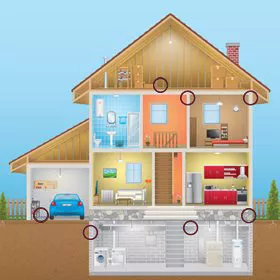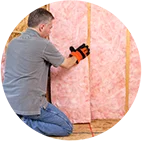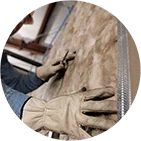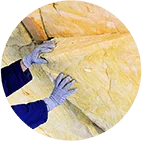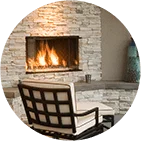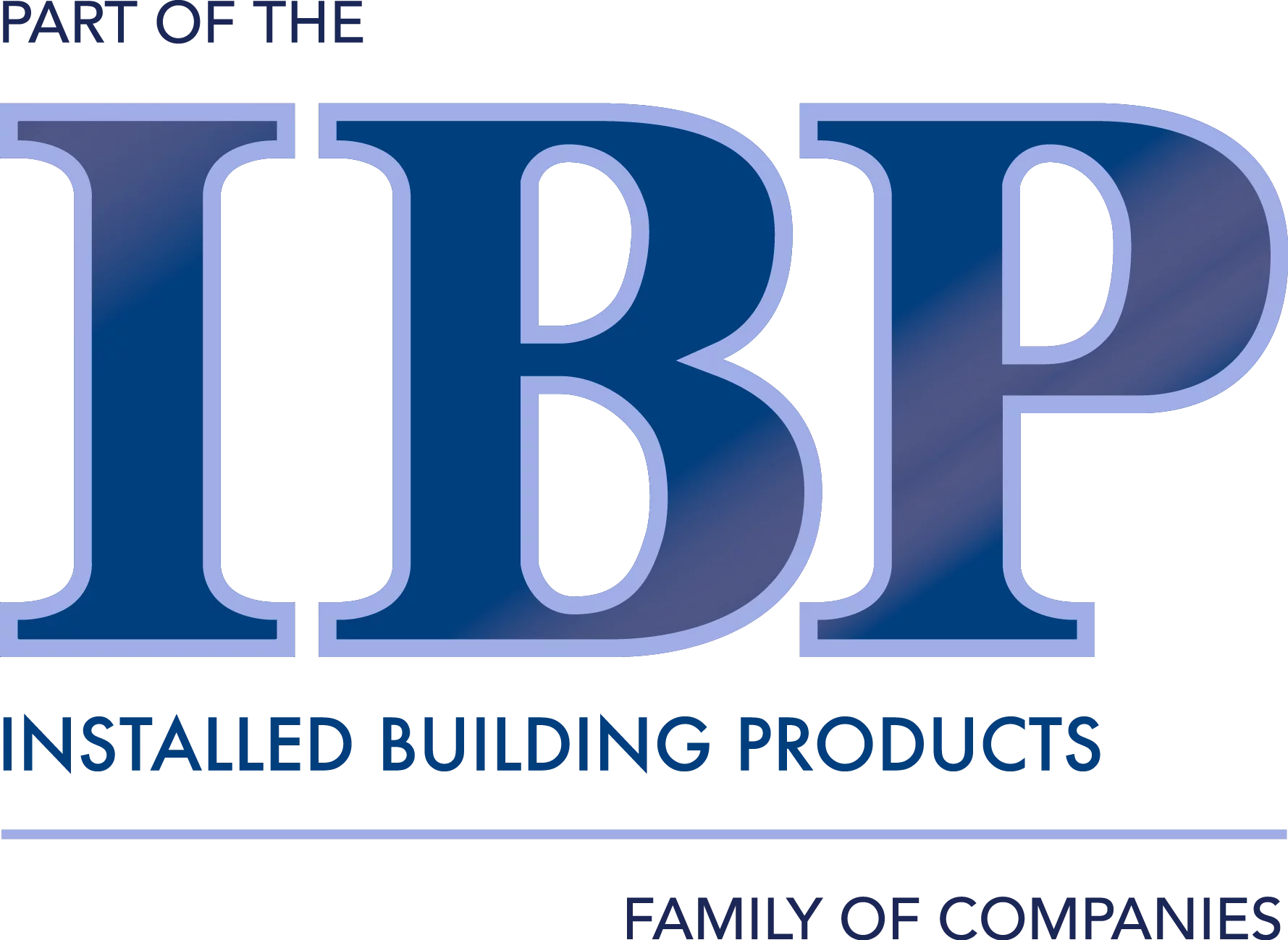- 600 S. Vincent Ave. Azusa, CA 91702
Energy Efficiency & Insulation Terms
Batt insulation: Batt insulation comes in pre-cut panels and is generally made of fiberglass; it is sometimes used in conjunction with roll insulation.
Blanket insulation: A batt and roll insulation system, blanket insulation typically consists of fiberglass but sometimes mineral (rock and slag) wool or natural fibers (cotton and sheep’s wool).
Cavity: A cavity is the empty space between the wall studs or joists where insulation can be added.
Cellulose insulation: Consisting of up to 80 percent recycled material (mostly newspaper), cellulose is one of the most environmentally friendly types of insulation and has superior soundproofing abilities; it is typically blown in.
Conduction: Conductive transfer of energy occurs within or between areas (within your home and between the interior and exterior) of different temperatures; thermal insulation is superior at stopping conductive heat loss.
Convection: Convective heat transfer occurs through liquids or gases.
Faced insulation: This type of insulation (batt style) has a vapor barrier attached, typically kraft paper or foil-backed paper.
Fiberglass insulation: An insulation material consisting of thin strands of glass fibers, fiberglass is widely used; today, about 90 percent of homes have fiberglass insulation!
Foam insulation: Foam insulation is ideal for tiny gaps and crevices behind the walls and can be sprayed, injected, poured or foamed-in-place.
Heat loss: Heat is lost from a home or building through one of three methods: conduction, convection, or radiation.
Insulation: Insulation is a product used to block sound and heat transfer, keeping your home more comfortable (and increasing its energy efficiency). Its effectiveness is rated in terms of thermal resistance (R-value).
Loose-fill insulation: Loose-fill is a type of insulation that is shredded and blown into the designated area (also called “blown-in insulation”). Cellulose is typically installed as loose-fill.
R-value: The R-value is used to rate different insulation materials; it refers to the resistance to heat flow—the higher the R-value, the better!
Radiant barrier: Radiant barriers are installed in attics and used to increase your home’s ability to reflect the sun’s energy; options are reflective foil, metal roof shingles, laminated roof sheathing and chips.
Radiation: This refers to radiant heat transfer that is caused by a release of electromagnetic waves (also called thermal radiation).
Retrofit insulation: Used for re-insulation projects, retrofit insulation is installed in existing homes, compared to new construction or new build insulation, which is installed in new homes.
Roll insulation: Ideal for unobstructed spaces, roll insulation can be cut to fit any cavity and is generally made of fiberglass; it is sometimes used in conjunction with batt insulation.
Unfaced insulation: This type of insulation has no vapor barrier attached.


